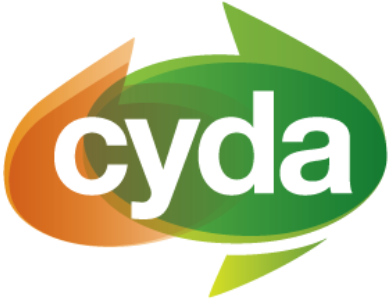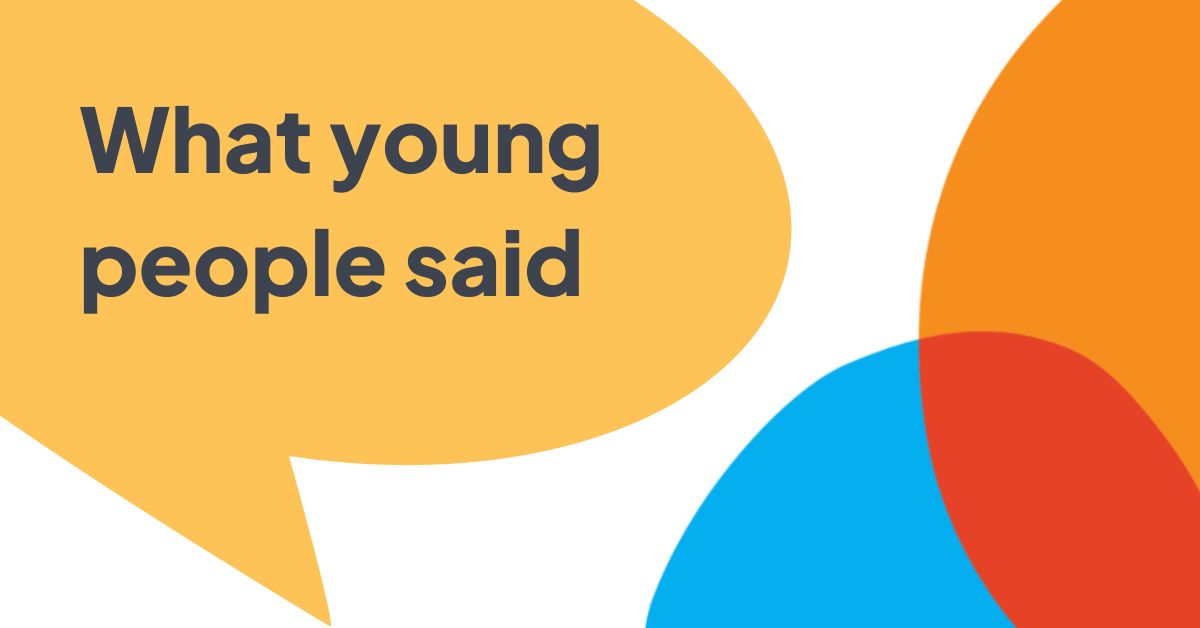“I felt left out. Felt different. Felt like I don’t belong. Like the default is white, abled and heterosexual. I have experienced discrimination from teachers and lecturers, such as being told that I was ‘too sick’ to be at university, and constantly being in detention at school because the system just wasn’t designed for someone like me.’’
Young person with disability
Young people with disability talk about identity, enablers, barriers, solutions and a social movement to improve the quality and accessibility of education for disabled students.


